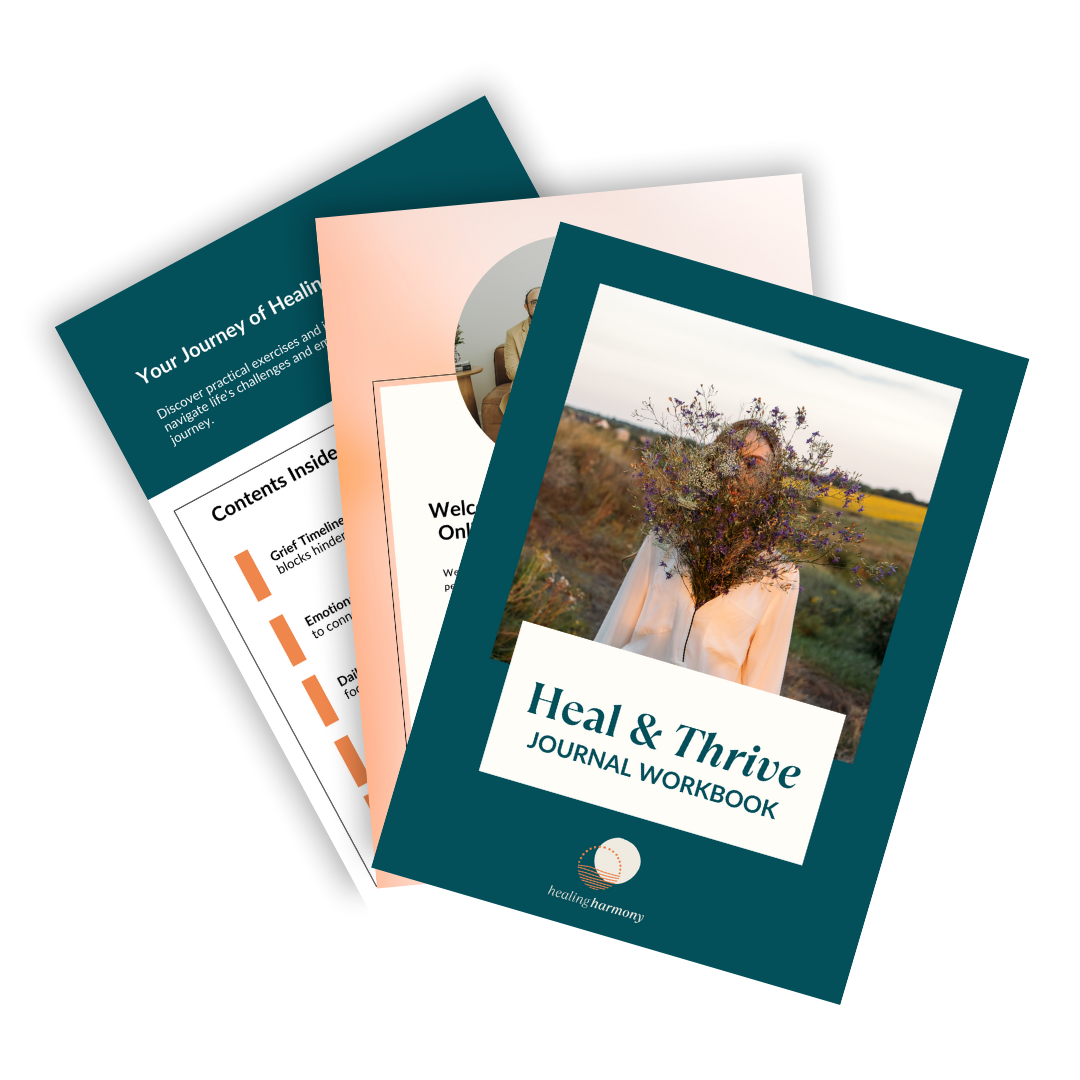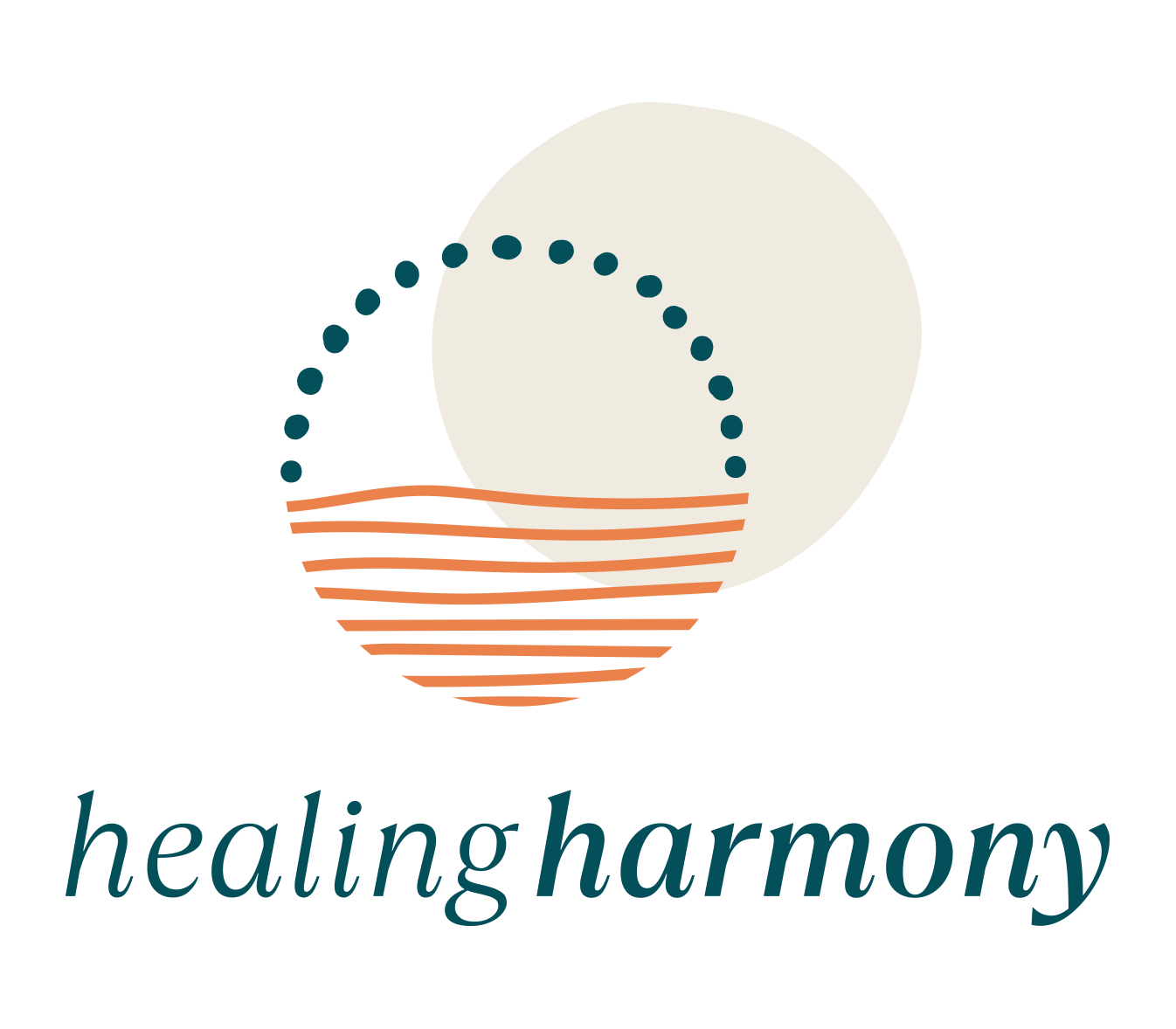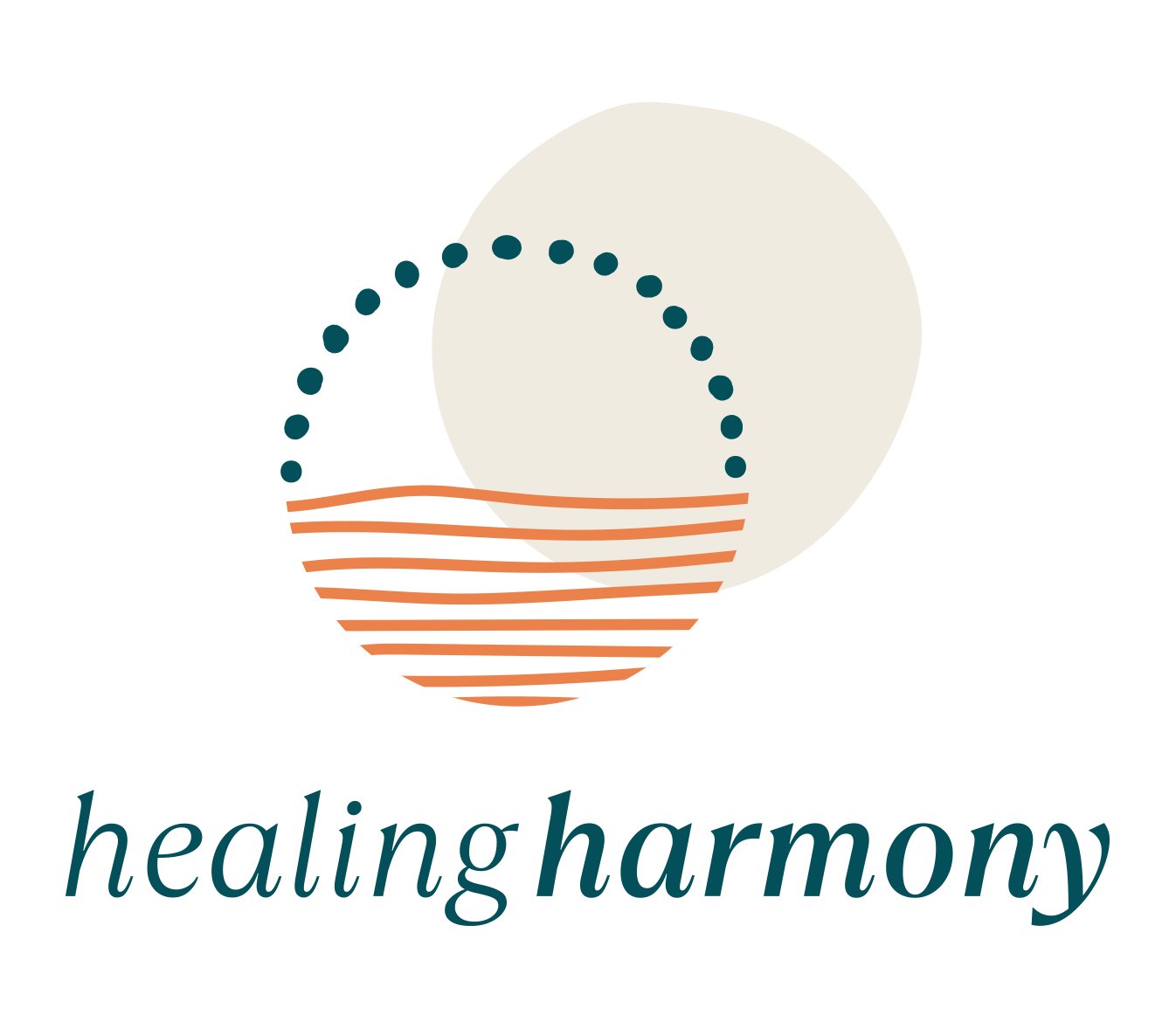ADHD vs Autism: understanding, support, and next steps
If you’re here, you might be wondering about the differences between ADHD and autism, or perhaps even how they overlap. Maybe you’re a parent observing your child’s unique ways of navigating the world or a teen yourself, experiencing struggles with school, social situations, or focus. ADHD and autism can often look similar, but understanding how each condition operates differently can help make things clearer and guide the best support strategies.
In case you’re new here, we’re Jeffrey & Rebekah from Healing Harmony Counseling, therapists and life coaches for young adults. If you’re looking for a safe space to explore what ADHD and autism are and find strategies that work, you’re in the right place!
Let’s dive into understanding the connection between ADHD and autism and how you can support yourself or a loved one in managing these symptoms.

ADHD and autism: what’s the connection?
Are ADHD and autism related?
Yes, ADHD and autism are both neurodevelopmental conditions, meaning they affect the brain's development and how it processes information. While they’re distinct, they can overlap in ways that sometimes make it hard to tell where one ends and the other begins. This overlap is why people often experience symptoms of both or may be misdiagnosed at first.
What is ADHD and autism comorbidity?
When someone has both ADHD and autism, it’s called comorbidity. This dual experience can bring unique challenges since each condition has its own set of symptoms and behavioral patterns. People with both conditions might experience heightened sensitivity in areas like social interactions or communication.
What do ADHD and autism have in common?
Challenges in communication and focus
Both ADHD and autism can impact communication, but in different ways:
ADHD: Often leads to impulsive speaking, frequent interruptions, or jumping between topics, which can make it hard to follow conversations.
Autism: May cause individuals to struggle with interpreting body language, tone, or social cues, sometimes coming across as reserved or intensely focused on specific interests.
Supporting someone with adhd or autism in school and relationships
Finding ways to support a loved one with ADHD or autism can make a big difference in their everyday experience. Here are a few strategies:
- Use visual schedules: These can help break down tasks, which is useful for both ADHD (helping with focus) and autism (offering predictability).
- Encourage open communication: Helping teens express when they feel overwhelmed or distracted can build understanding and patience.
- Practice role-playing social situations: This is especially helpful for those with autism to practice eye contact, conversation flow, and understanding others’ reactions in a low-pressure setting.
Tip: Try a “conversation jar” with prompts that encourage casual dialogue at home—perfect for both ADHD and autism to strengthen conversation skills.
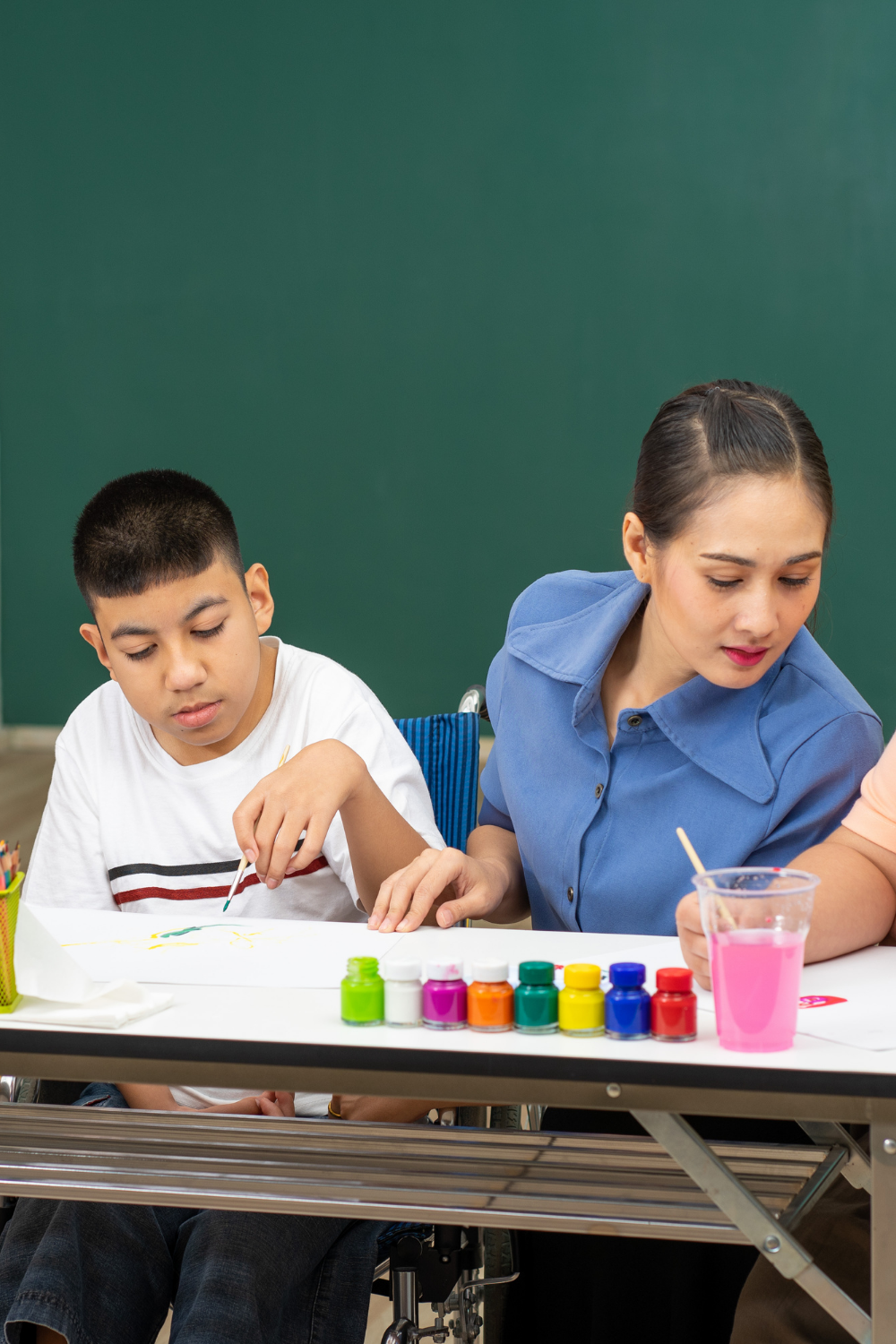
How can you tell the difference between ADHD and autism?
Both ADHD and autism share certain behavioral characteristics, yet they come from different perspectives.
Key differences between ADHD and autism
ADHD: Tends to impact focus, impulse control, and task organization. People with ADHD often:
Find it challenging to stay on one task for long.
- Act without thinking, especially in high-energy environments.
- Struggle with time management.
Autism: Primarily affects social interactions, repetitive behaviors, and sensitivity to sensory input. People with autism may:
- Prefer routines and may find unexpected changes overwhelming.
- Show intense focus on specific topics or hobbies.
- Experience heightened sensitivity to sounds, textures, or lights.
The importance of an accurate diagnosis
Accurate diagnosis matters! While ADHD and autism share some symptoms, the treatment paths are quite different. A clear diagnosis helps in designing tailored strategies that truly address the individual’s needs.

Autism vs. ADHD: key symptoms and differences
A chart can often help clarify differences visually. Here’s a snapshot:
| Symptom | ADHD | Autism |
|---|---|---|
| Focus Challenges | Easily distracted, trouble focusing | Can focus deeply on interests |
| Social Cues | May interrupt or talk impulsively | Difficulty reading social cues |
| Routine Flexibility | Usually adaptable to change | Prefers routine, resistant to change |
| Sensory Sensitivity | Less common, but possible | Often very sensitive to sensory input |
| Communication Style | Talkative, may lose track of topic | Literal interpretation, may avoid eye contact |
Exercise: Encourage teens to journal about their own strengths and challenges using these categories. This can help them identify which behaviors fit their personality and learn about self-regulation.
What to do if you think you have adhd, autism, or both
Getting an accurate diagnosis can help you make sense of the symptoms you or a loved one may experience.
First steps for getting an accurate diagnosis
- Track Patterns: Write down or log behaviors that stand out in different situations. Note how they impact daily life.
- Seek professional support: A mental health professional who specializes in neurodevelopmental conditions can conduct assessments.
- Involve parents and teachers: Their insights can provide valuable context to the symptoms noticed at home and school.
Finding a mental health professional for support
Look for therapists or counselors who specialize in ADHD and autism. They can offer tailored insights and guide you on whether further tests or evaluations are needed.
Resources and tools for managing ADHD and autism
Living with ADHD, autism, or both requires ongoing support, but luckily, there are many tools available to help manage symptoms.
Helpful apps and organizational tools
- Focus Apps: Apps like Forest help ADHD users stay focused through time-management games.
- Routine trackers: Tiimo offers visual schedules that can be particularly helpful for those with autism.
- Mindfulness apps: For teens who benefit from calming techniques, Headspace or Calm provides short, guided exercises.
Support groups and online communities
Connecting with others who experience ADHD and autism can be reassuring. Look for:
- Online forums: Reddit has supportive communities like r/ADHD and r/Autism.
- Local meetups: Many cities have support groups specifically for teens and young adults with ADHD or autism.
- Virtual events: Some organizations, like Autism Speaks, host events and webinars tailored to teens and parents.
Specialized schools and educational resources
If traditional school settings are challenging, look into schools that specialize in neurodiverse learning environments or offer Individualized Education Programs (IEPs). These schools can offer tailored teaching methods and environments that make learning more engaging and less stressful.
Try This: At home, set up a “calm-down corner” with sensory toys, headphones, and fidgets. This can be a helpful retreat space for teens to relax and recharge.
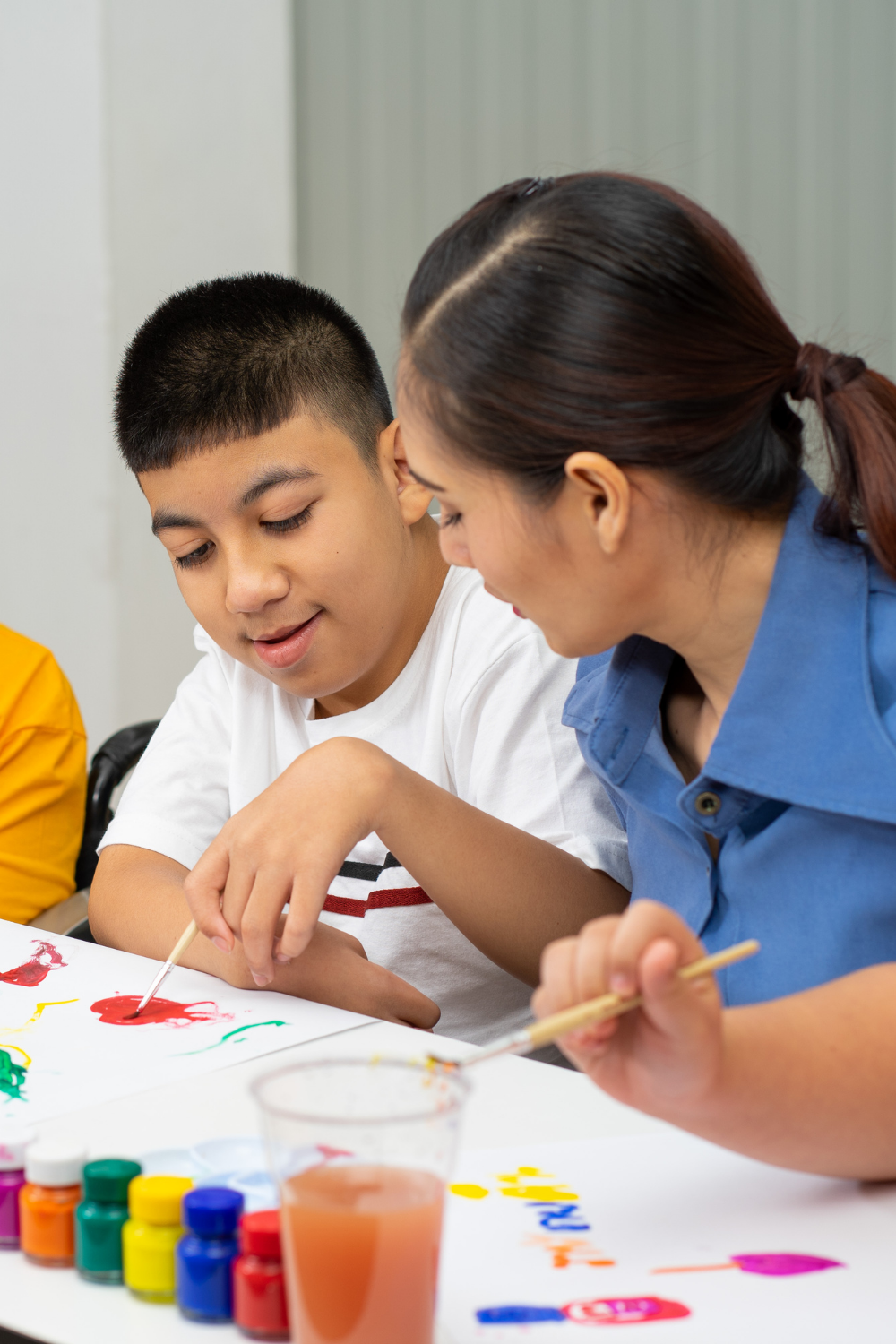
How you thrive is what matters – let’s build a path together
Understanding ADHD and autism can bring so much clarity to navigating school, relationships, and personal goals. Remember, you don’t have to figure it all out alone. At Healing Harmony Counseling, we offer ADHD therapy and coaching for teens and young adults. If you’re ready to explore strategies that fit your life, reach out, and let’s build a plan together.
*AI Disclosure: This content may contain sections generated with AI with the purpose of providing you with condensed helpful and relevant content, however all personal opinions are 100% human made as well as the blog post structure, outline and key takeaways.
* Blog Disclaimer: Please note that reading our blog does not replace any mental health therapy or medical advice. Read our mental health blog disclaimer here.

Hello, we are Jeffrey & Rebekah
Therapists and life coaches at Healing Harmony. We specialize in supporting multicultural families and Third Culture Kids (TCKs) through transitions and emotional challenges, fostering resilience and cultural identity.
